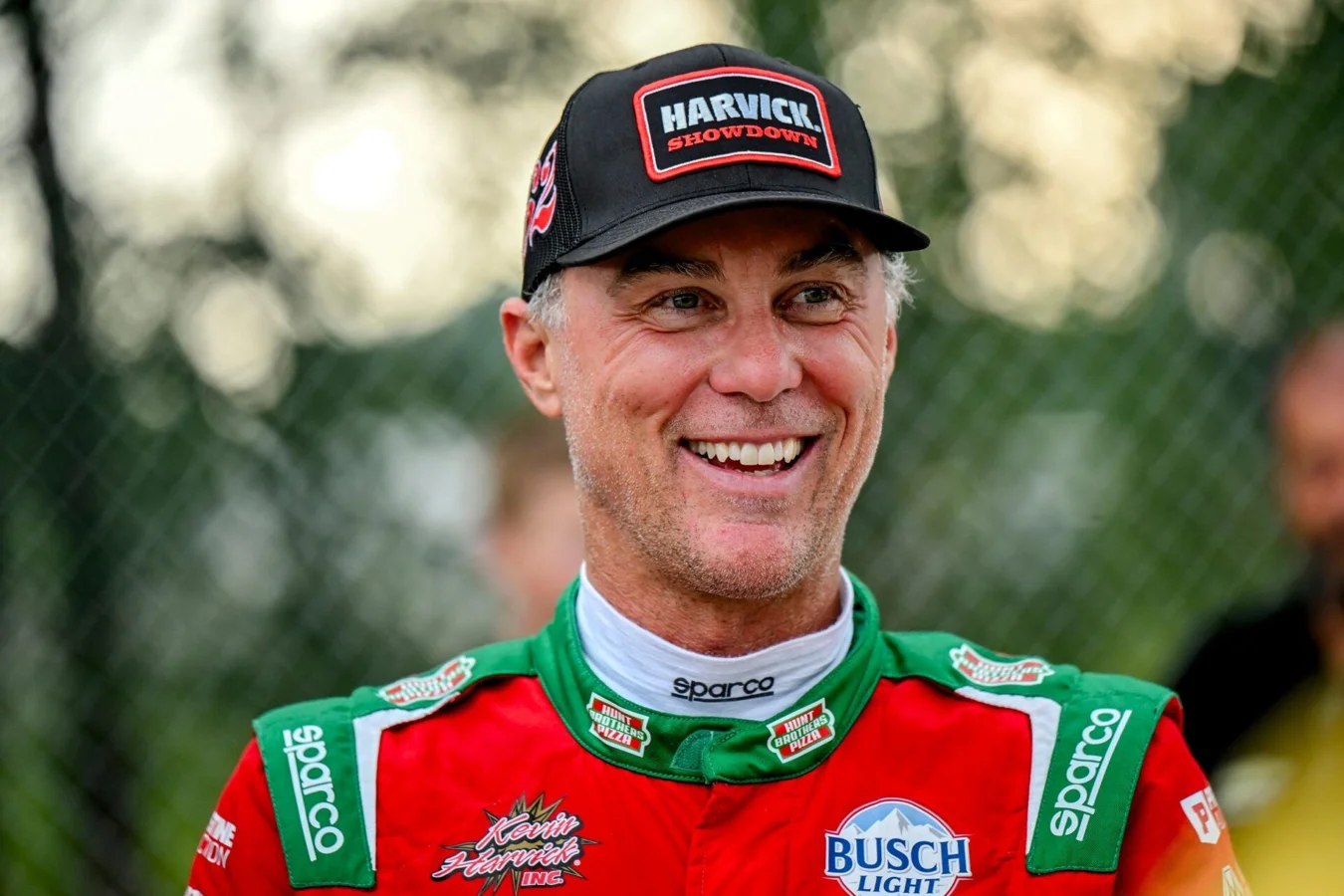The Kevin Harvick Daytona verdict has reignited discussions about the current state of NASCAR superspeedway racing, following his public praise for the recent Daytona event and a critique of the series’ recent races. With NASCAR maintaining its existing technical package for superspeedways into the near future, questions remain about how future events will keep fans engaged and deliver exciting finishes.
Calls for Change Amid Growing Frustration with Superspeedway Races
Recent NASCAR superspeedway events have received criticism for lacking excitement, a sentiment shared by both fans and industry insiders. Racing at these tracks has been described as overly calculated, with competitors prioritizing fuel conservation and strategic riding over overt battles for position. Packs of cars often cruise together at less than full throttle, resulting in less genuine side-by-side action. Even when cars spread out three or four-wide, it has become more about managing space than aggressive competition.
This trend has been largely attributed to the reduced horsepower associated with the current Next Gen car specifications. With lower engine power, cars tend to form dense groups, significantly limiting opportunities for drivers to break free and make passes. When an incident occurs at the front of the pack, the tight formation can quickly turn minor mistakes into multi-car accidents, removing many contenders at once.
NASCAR’s announcement to increase horsepower at certain tracks next season excludes superspeedways, including iconic venues like Daytona, which means these venues will continue using the current configuration at least through the upcoming schedules. As a result, there is skepticism about whether the issues affecting the superspeedway spectacle will be resolved soon.
Harvick’s Endorsement Highlights a Standout Daytona Race
Despite widespread criticism, this year’s regular-season finale at Daytona stood out as a rare example of thrilling competition. Kevin Harvick, an experienced driver and respected commentator, identified the 2025 Coke Zero Sugar 400 as the season’s most exciting superspeedway race, pointing to Ryan Blaney’s dramatic drive from 13th place to victory in the closing laps as the kind of action fans crave.
In my opinion, this was the best Super Speedway race of the year,
Harvick told his co-hosts at Kevin Harvick’s Happy Hour.
Yeah, they were getting after it from the top. And this from the start to the finish was the best complete Super Speedway race that they have. And and we talked about this. Obviously, Ryan Blaney comes on at the end right here to to to win this race from deep in the field,
he continued.
The battle for the lead in the final laps, against a backdrop of recent races dominated by processional running and minimal passing, captured what many—including Harvick himself—believe should be a blueprint for exciting superspeedway competition.
The Challenge: Making Exciting Racing the Rule, Not the Exception
Harvick’s remarks went beyond celebrating a single race, urging NASCAR to use the Daytona finish as a benchmark for future events. He made it clear that strong finishes should not be rare exceptions, but rather a standard across all superspeedway dates.
But they race like that all night. And that’s what we talked about all year. NASCAR has got to figure out a way to get these Super Speedway races so that they race from start to finish like they did at this Daytona race.
Bringing real wheel-to-wheel battles back to these high-speed circuits is an urgent priority, according to Harvick and a chorus of frustrated viewers. Over recent seasons, the entertainment value and competitive quality of superspeedway events have dropped noticeably, with a growing consensus that the status quo cannot last much longer without damaging fan interest and the reputation of the series.
What Lies Ahead for NASCAR Superspeedway Racing?
With ongoing debate and clear calls for reform, the Kevin Harvick Daytona verdict has placed NASCAR’s approach to superspeedways under a spotlight. Featuring voices from across the sport, including co-hosts and drivers like Ryan Blaney, it is clear that fans expect more than strategic fuel-saving and risk-averse tactics at hallmark venues like Daytona. Delivering thrilling, unpredictable racing remains an ongoing challenge, and attention now turns to how officials will respond in future seasons. The desire for consistently engaging superspeedway events—highlighted by Harvick’s assessment—will continue shaping conversations about the sport’s direction.
